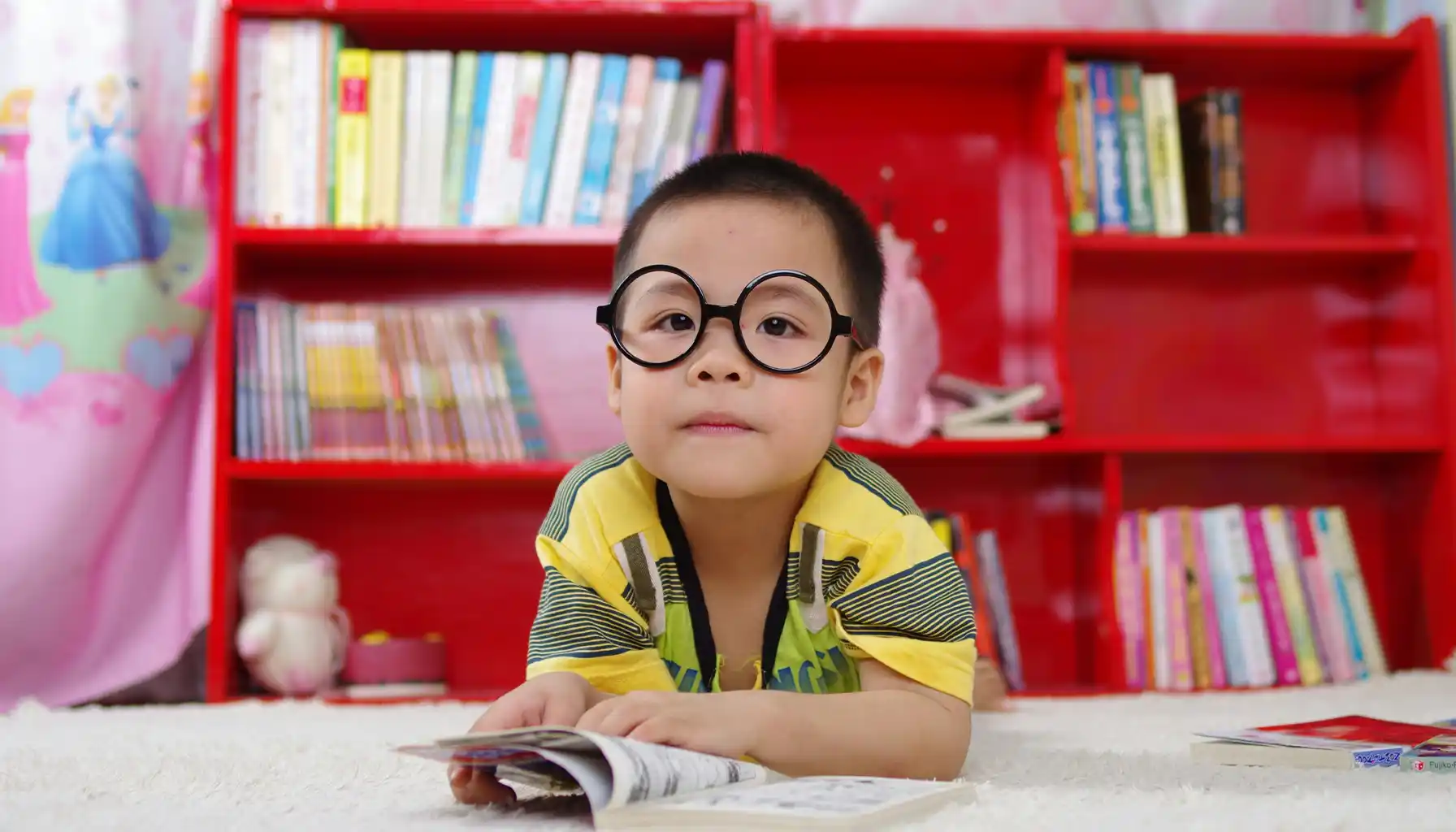Nomophobia: Definition, Symptoms, Causes and Treatment
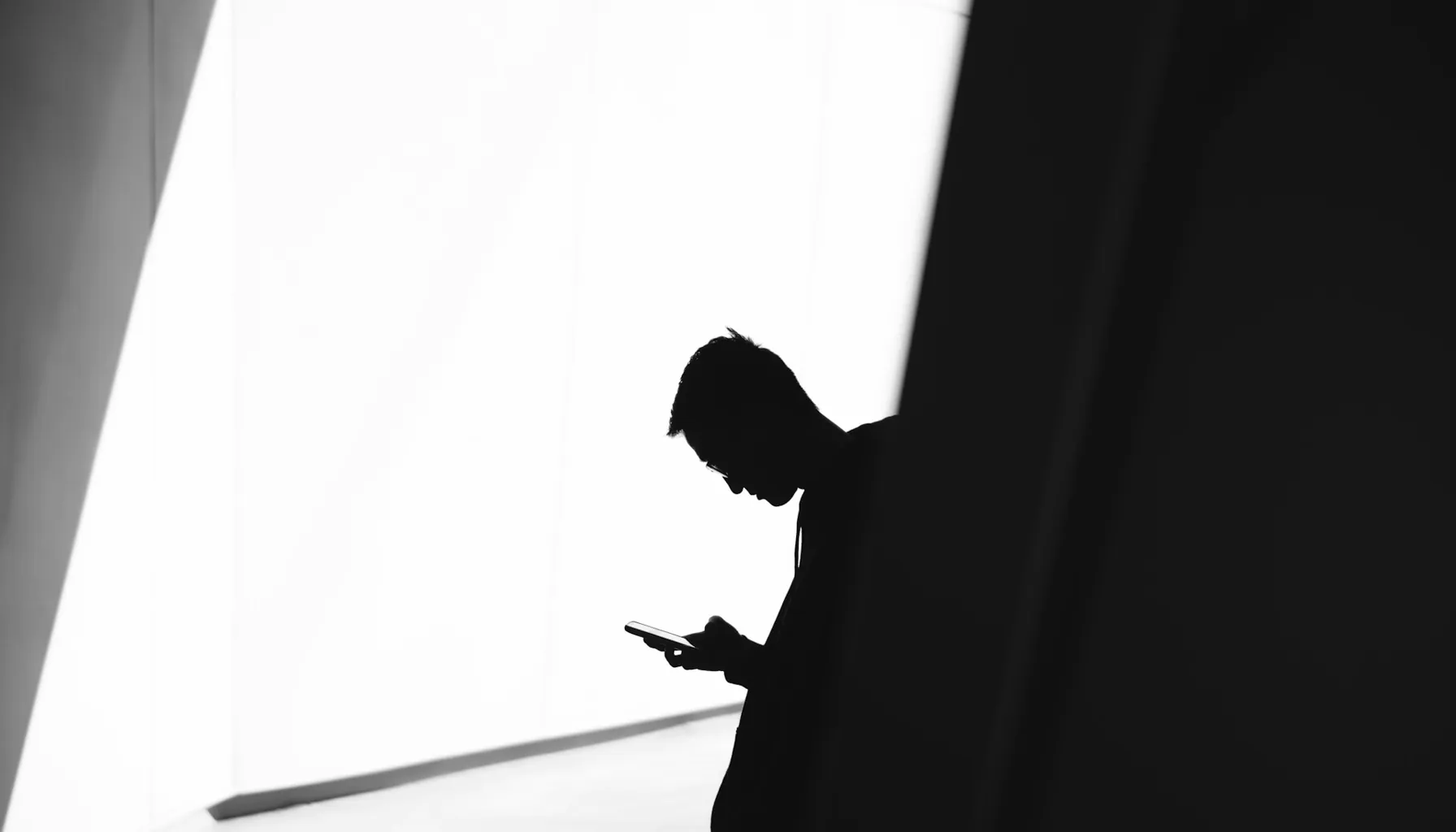
Contents:
- What is Nomophobia?
- Nomophobia Definition and Diagnostic Boundaries
- Nomophobia Symptoms Overview
- What Сauses Nomophobia?
- Nomophobia Statistics and Prevalence
- How to Overcome Nomophobia?
- Nomophobia Treatment and Support
- Nomophobia Images, Media, and Public Awareness
- Media Literacy and Search Queries
- Clinical Nuances and Differential Aspects
Our phones have become such a part of our daily lives that we barely even notice. They wake us up in the morning, greet us with the first notification, and accompany us into the kitchen while we're putting on the kettle. Inside are photos, contacts, schedules, and passwords to key services — no wonder the thought of losing them sparks anxiety.
Imagine a trip where the network goes down for several hours. Or a day when you left your charger at home. To some people it’s no more than an irritation, while to others it’s a loss of security. This is precisely how nomophobia manifests itself—the fear of being without a phone and communication.
This is not uncommon. People themselves admit: they check their screen dozens of times a day, keep their charger within reach, and the inability to respond immediately causes anxiety. Gradually, this habit becomes a source of stress.
How did the phone become linked so closely with security? And what can you do if anxiety starts to rule your days? These questions are being asked more and more often—and anyone who notices that their gadget is taking up too much space in their day needs answers.
As a practice that helps restore focus and reduce stress, you can try impulse brain training. With this tool, you can practice concentration and manage habits more effectively.
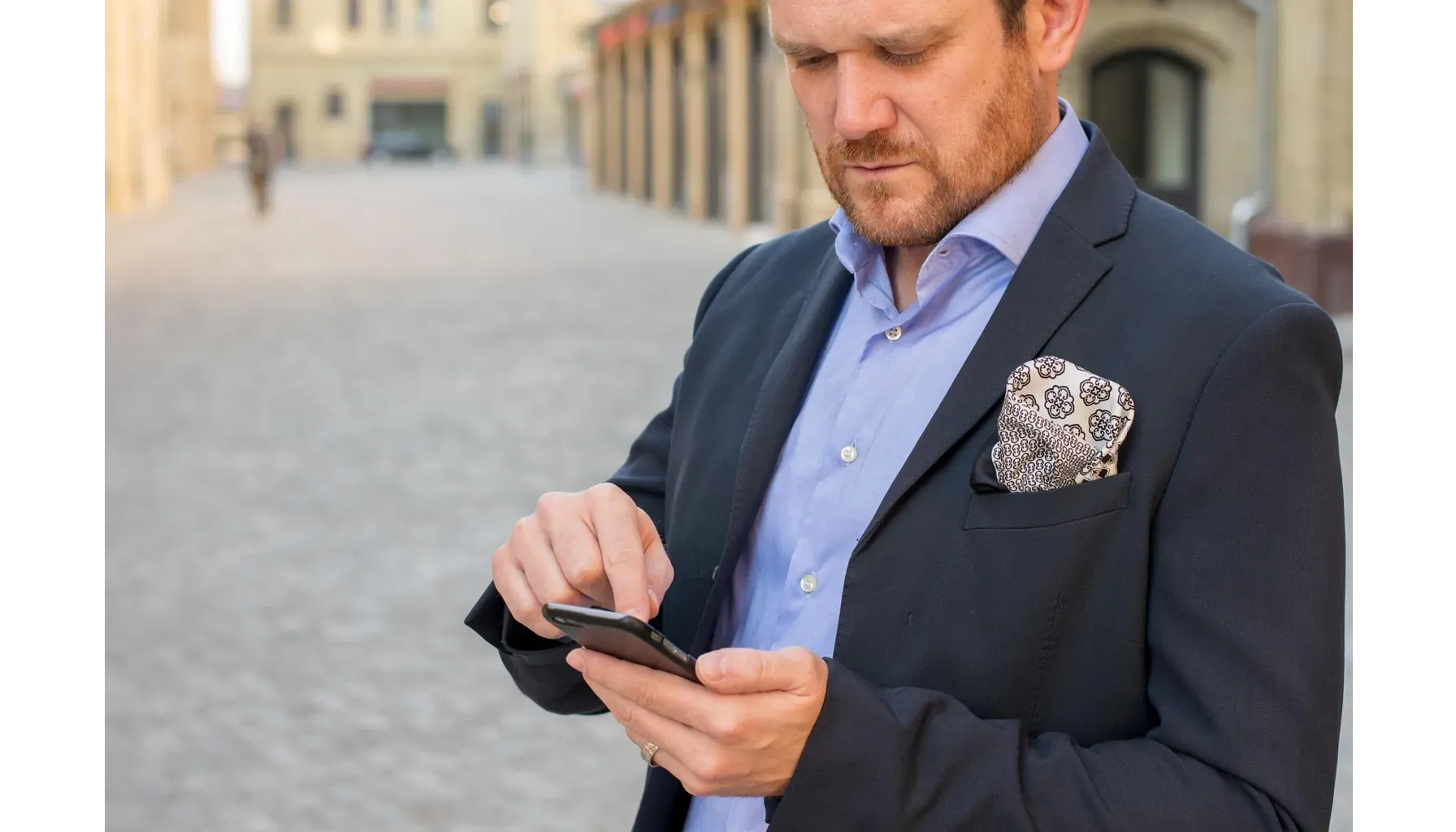
What is Nomophobia?
Nomophobia is an abbreviation for "no-mobile-phone phobia." This term describes severe anxiety that arises when one is unable to use a phone. This includes losing the device, running out of battery, or not having a network connection.
Origins and History of the Term
The term was first used in a 2008 study by the British Postal Service. In a sample of over two thousand adults, more than half of the participants reported significant anxiety when unable to use their phones. It was in this context that researchers discussed the meaning of nomophobia—how the fear of losing connection becomes a distinct phenomenon, not just an inconvenience.
This gave researchers the chance to pinpoint a separate phenomenon, one that isn’t identical to standard anxiety disorders but shows overlaps.
Is Nomophobia Real?
Although phobia is not yet recognized as a separate diagnosis in international disease classifications, research confirms its reality.
Behavioral and physiological reactions in such cases meet the criteria for anxiety disorders. The classification is still open, but the practical importance of the phenomenon is already clear.
Nomophobia Definition and Diagnostic Boundaries
How Do They Diagnose Nomophobia?
Doctors check severity through psychometric scales, clinical talks, and observation. The goal is to see to what extent anxiety reactions disturb normal routines.
Nomophobia Questionnaire and Screening
The most widely used instrument is the NMP-Q (Nomophobia Questionnaire). It measures the discomfort people feel without access to a device. The questionnaire covers emotional and cognitive aspects.
The instrument makes it possible to separate a simple habit from something closer to clinical anxiety. In some cases, the phenomenon is considered a form of a specific phobia, as the reaction is persistent and disproportionate.
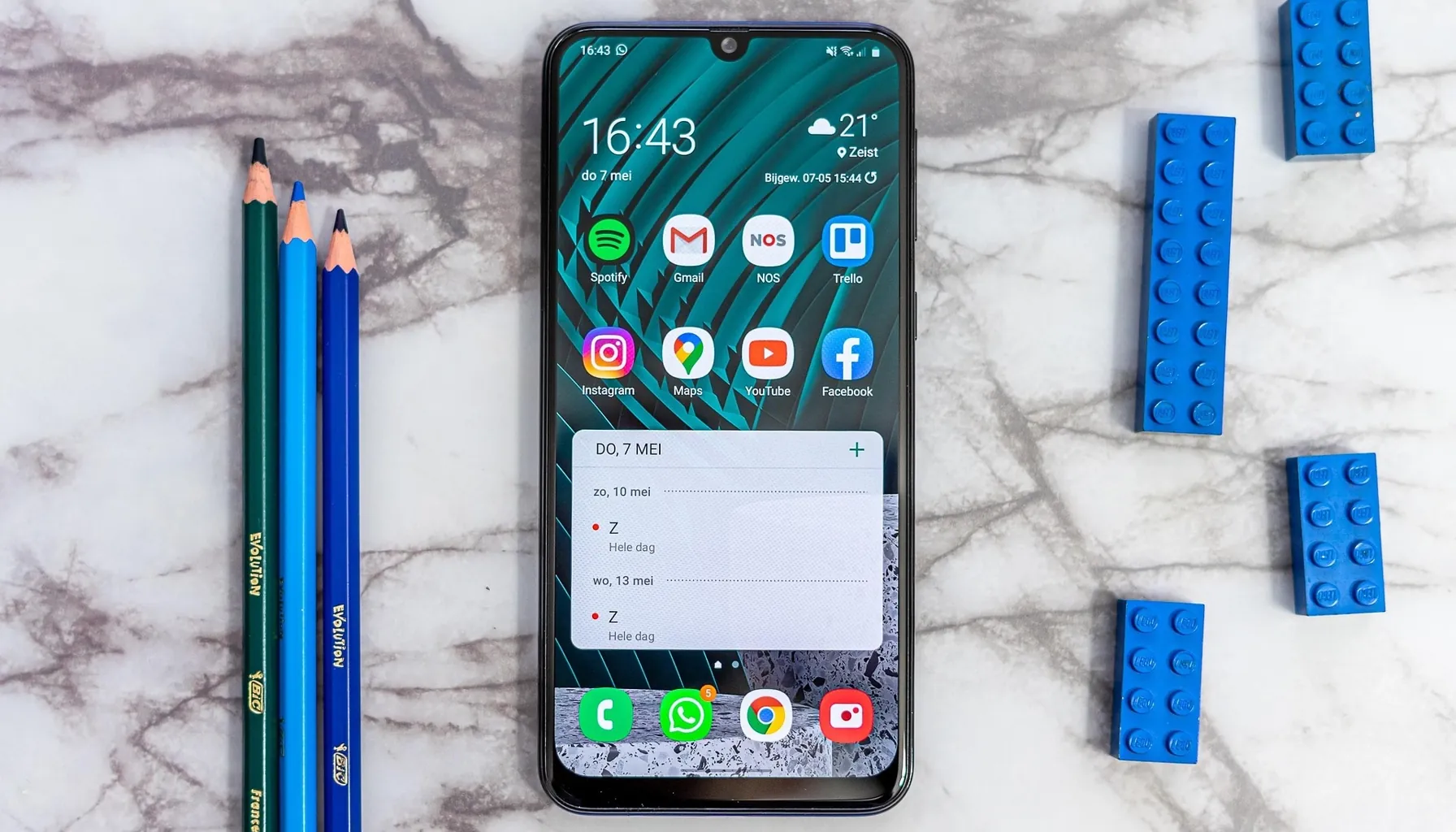
Nomophobia Symptoms Overview
What Are the Symptoms of Nomophobia?
Symptoms include behavioral, emotional, and physiological signs.
inability to turn off the phone even for a short time;
frequent checking of notifications without a real reason;
carrying chargers and spare batteries;
anxiety when there is no network or Wi-Fi;
avoidance of situations where phone use is limited.
Physical and Cognitive Markers
Physical symptoms are easier to notice: the heart starts beating faster, palms become sweaty, trembling, or a feeling of weakness develops. Cognitive symptoms are related to thoughts—a constant expectation of losing connection and the belief that it's impossible to cope with everyday tasks without a phone.
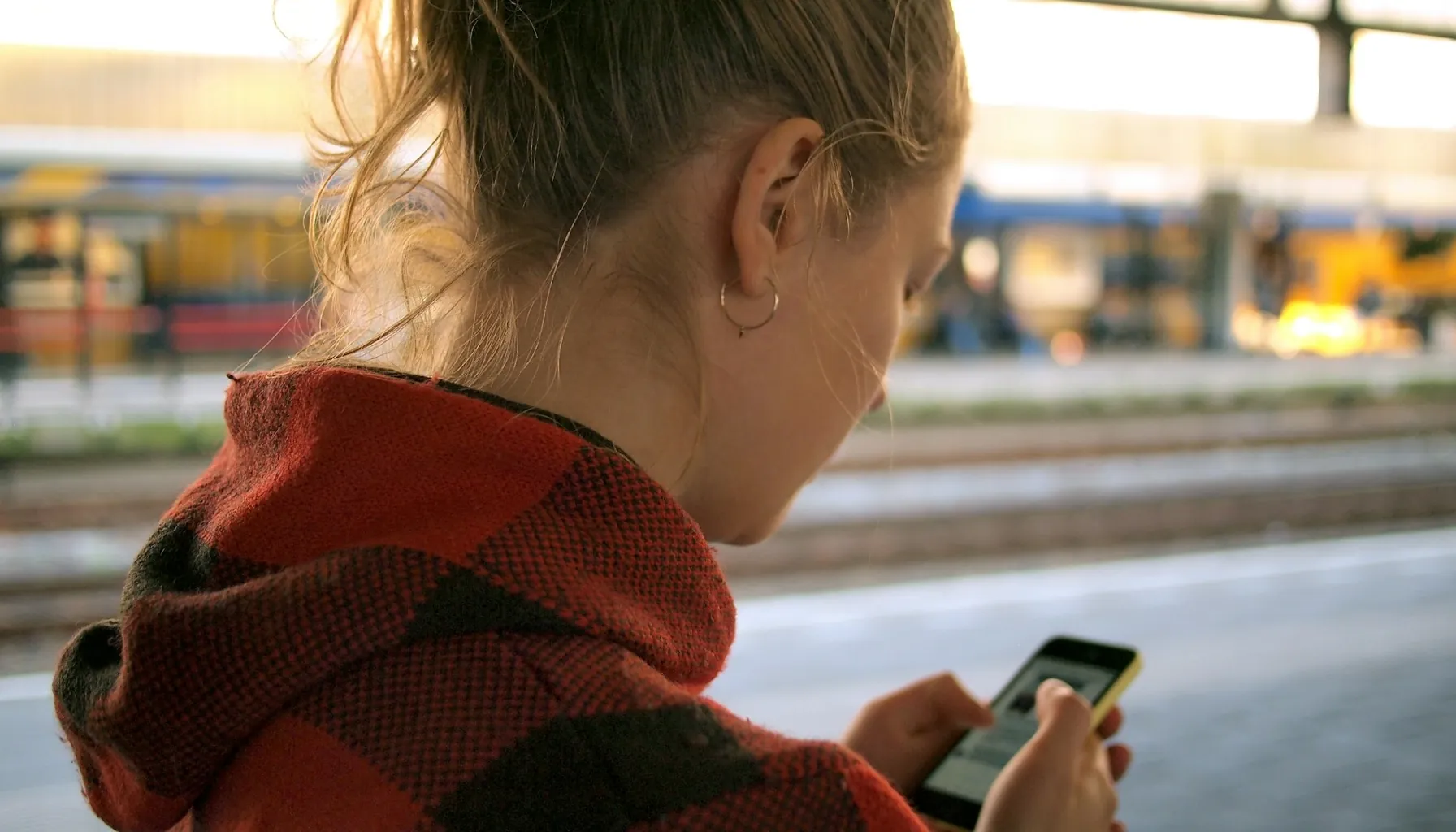
What Сauses Nomophobia?
Causes of Nomophobia in Digital Context
Key factors include:
the integration of smartphones into all areas of life, from navigation to financial transactions;
constant reinforcement through notifications and social media;
the expectation of an immediate response in work and personal communications;
individual personality traits: increased anxiety, low tolerance for uncertainty.
Why Is Nomophobia a Problem?
The phobia gets in the way of the most ordinary situations. You get ready to work, but still check your screen.You lie down to sleep but grab your phone again. Instead of rest, you get less sleep and more irritation. Over time, the habit turns into anxiety: even a short break in communication feels like a loss of security.
Nomophobia Statistics and Prevalence
How Many People Have Nomophobia?
The numbers vary depending on the study. In student samples, severe symptoms were found in 20–25% of participants, while moderate symptoms were found in the majority. More than half of people reported never turning off their phones.
Facts About Nomophobia
More than 60% of users check their smartphones within minutes of waking up.
People often respond to calls and texts even when it’s inconvenient, like at the table or in moments of rest.
The habit shows up most among teenagers and young adults, tied to growing up in a digital world.
Table 1. Stages of Nomophobia Prevalence
Population Group | Share with Moderate Symptoms | Share with Severe Symptoms |
College students | 60% | 22% |
Working-age population | 50–55% | 15–20% |
Teenagers | 70% | 25–30% |
How to Overcome Nomophobia?
Do I Have Nomophobia?
The simplest form of self-assessment is assessing your own reactions. If a low battery on your device causes significant stress, and the inability to check messages interferes with your concentration at work, the likelihood of these signs is high.
Can I safely leave my phone at home for at least an hour?
Do I check my screen even when there are no notifications?
Do I feel anxious when the battery drops to 5-10%?
The more "yes" answers, the higher the likelihood that the habit has become an addiction that requires attention.
How to Avoid Nomophobia
Establish "phone-free" periods—for example, during meals or before bed.
Create backup offline solutions: a notepad, paper maps.
Remove the device from the bedroom and use a separate alarm clock.
Reduce the number of notifications, leaving only the most important ones.
Nomophobia Treatment and Support
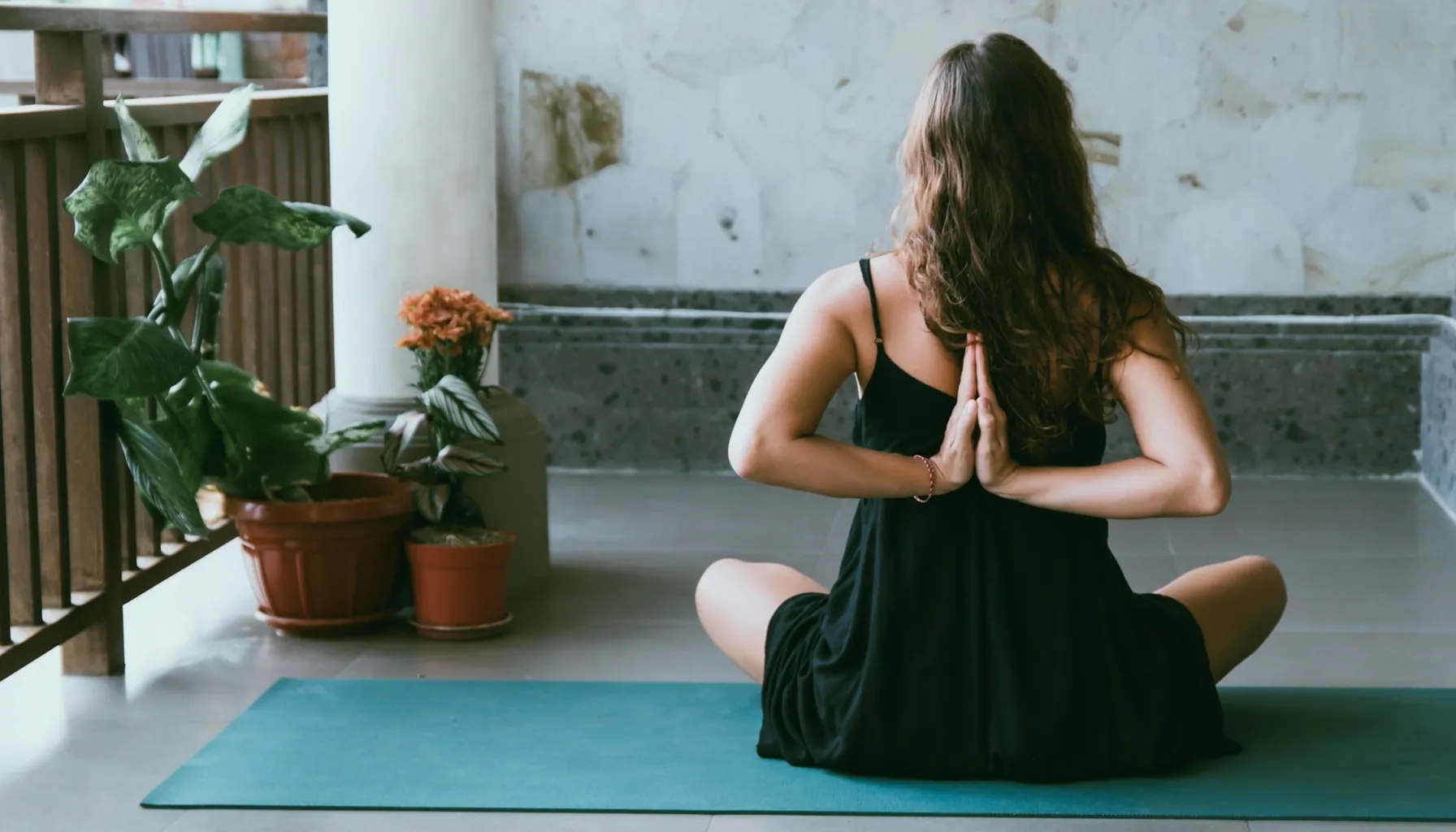
Treatment for Nomophobia
A specialized treatment protocol does not yet exist. In practice, methods applied for anxiety disorders and addictions are applied.
Cognitive and Behavioral Options
The most common method is cognitive behavioral therapy. It trains people to spot anxious thoughts like “I can’t cope without my phone” and shift them toward calmer thinking. At the same time, the person tries new habits and gradually reduces the time spent on the device.
Tools, Apps, and Daily Habits
Screen time management apps, distraction blockers, and relaxation techniques are used. In some cases, focusing on sleep correction is helpful, as addressing sleep problems significantly reduces anxiety and improves concentration.
Table 2. Basic Correction Methods
Method | Mechanism of Action | Expected Outcome |
Exposure therapy | Gradual periods without a phone | Reduced anxiety |
Cognitive restructuring | Changing irrational beliefs | Behavioral control |
Notification control | Reducing external triggers | Lower impulsivity |
Relaxation techniques | Breathing exercises, meditation | Physiological stabilization |
Nomophobia Images, Media, and Public Awareness
What Is the Meaning of Nomophobia in Society?
Images showing this phenomenon are often used in educational and medical materials. These pictures help visualize the problem: people checking their phones at night, or moments when device use disrupts communication. Such visuals are important for raising awareness, especially among adolescents.
Media Literacy and Search Queries
Search Habits Around Nomophobia
People interested in this phenomenon search for information in a variety of different ways. Some start with the academic version and search for the definition of nomophobia. This search demonstrates a desire to find a precise definition, not just a superficial explanation.
Clinical Nuances and Differential Aspects

Sometimes the symptoms of nomophobia are confused with other conditions. A person may describe anxiety that resembles social tension or complain of panic-like attacks. At such moments, a doctor often asks, "What does nomophobia mean for you?" This question helps clarify: this isn't a rare diagnosis, but a reaction that may be part of an existing anxiety disorder.
Public Health Outlook
When discussing public health, digital habits are increasingly mentioned. It's impossible to completely give up phones, and strict bans only work in the short term.
Stronger approaches focus on mindful use of devices, open discussion of rules in schools, and support for parents explaining “screen breaks” to their children. This way, habits become more sustainable — the phone stays nearby, but it stops being a constant source of stress.
The first step is to notice how you react. The second is to introduce small time and attention limits. If your anxiety becomes more severe than you can manage on your own, it's helpful to seek professional help. The sooner you do, the sooner you'll regain your calm and sense of control.



